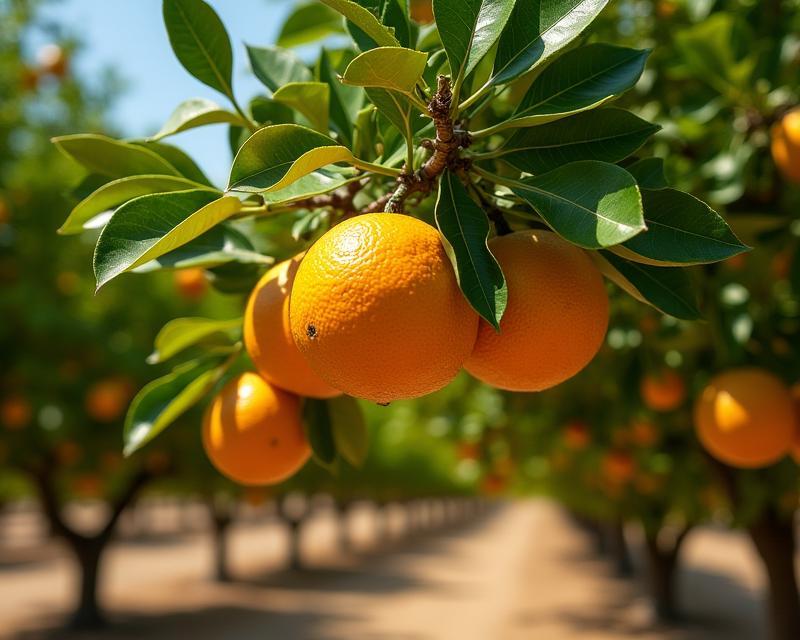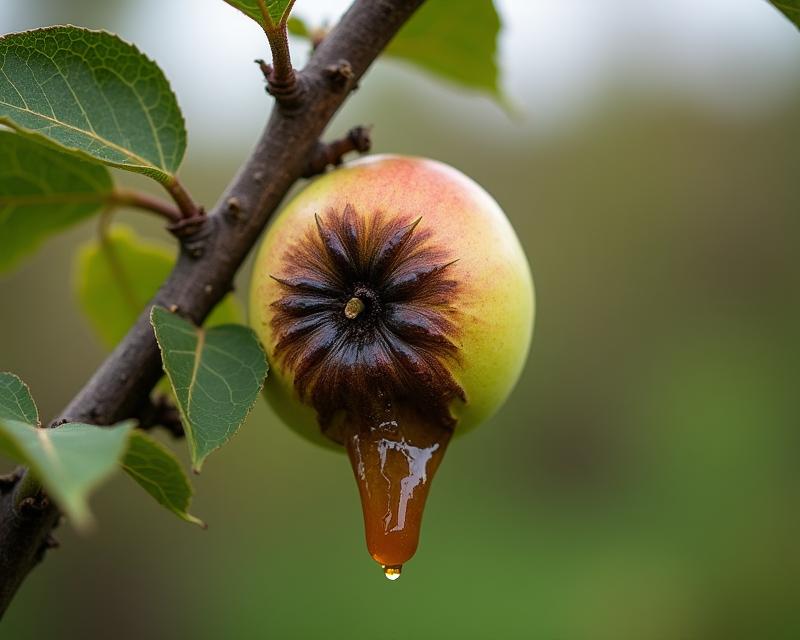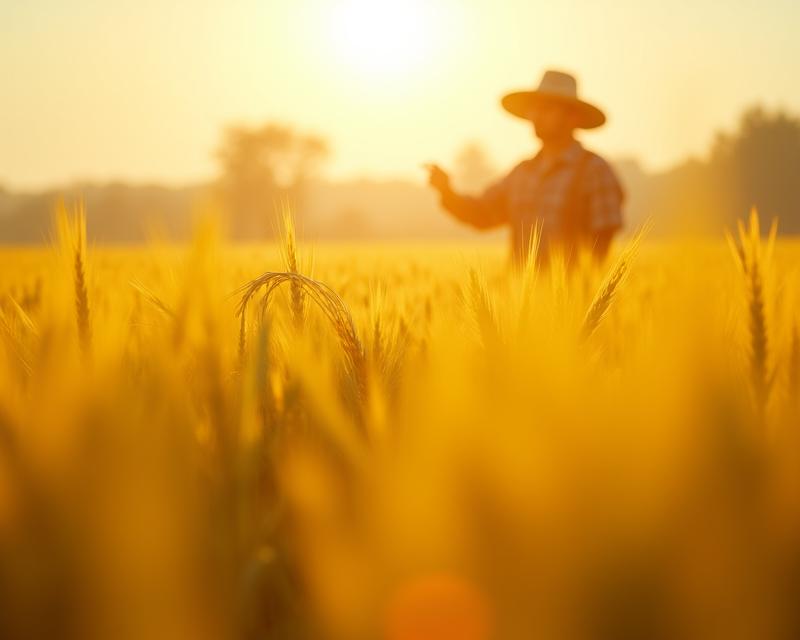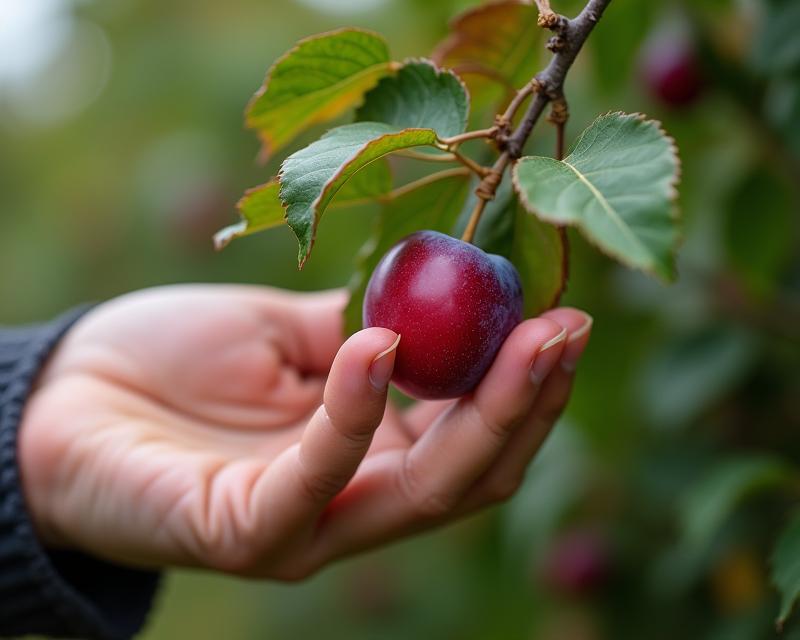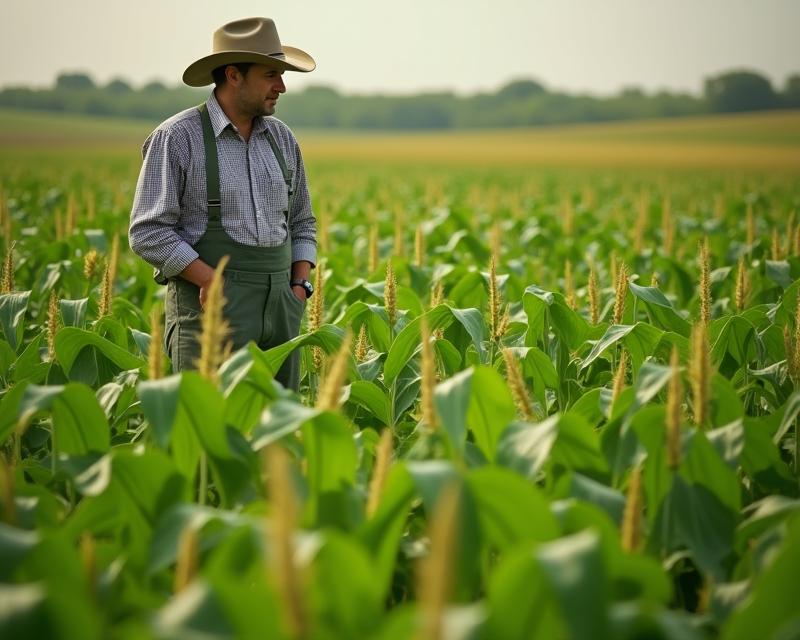Diatomaceous Earth: A Natural Grain Protector
Publish in Crops el 06/07/2025 17:51
Diatomaceous Earth: A Natural Grain Protector
Protecting your precious grain stores from pests is a constant concern for farmers and gardeners. Traditional chemical pesticides can be effective, but many are looking for safer, more natural alternatives. One such option gaining popularity is diatomaceous earth (DE). This fascinating powder offers a powerful, chemical-free way to deter insects and safeguard your harvest.
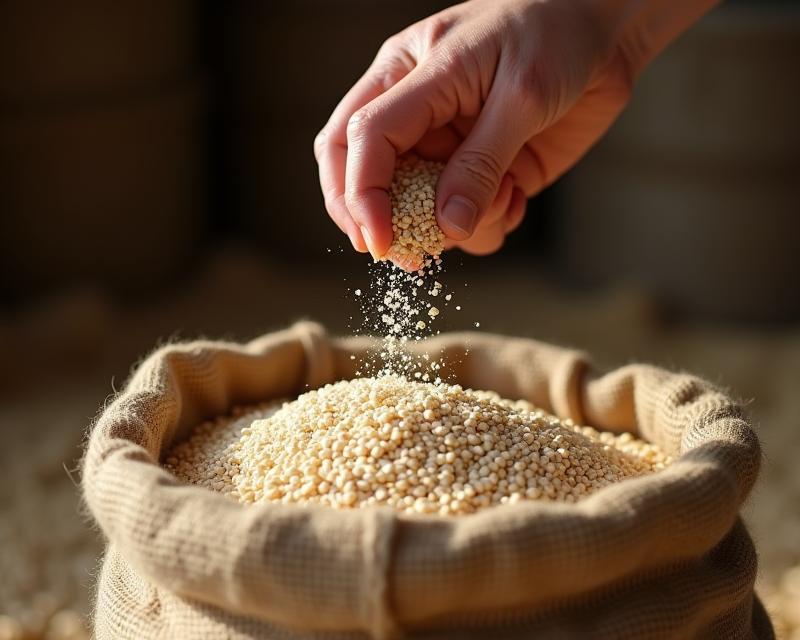
What is Diatomaceous Earth?
Diatomaceous earth isn't actually earth! It's the fossilized remains of diatoms – tiny, single-celled algae. Over millions of years, these algae accumulate on the bottom of lakes and oceans, eventually forming sedimentary rock. This rock is then ground into a fine powder, and that's what we call diatomaceous earth. The key to its pest-fighting power lies in its microscopic, sharp edges.
How Does DE Work?
The incredible effectiveness of DE comes from its abrasive nature. These tiny, sharp edges damage the exoskeletons of insects like grain weevils, beetles, ants, and cockroaches. Essentially, it acts like tiny shards of glass, causing them to dehydrate and die. It's a physical control method, not a chemical one, making it a much safer option for your crops, livestock, and even your family.
Using DE for Grain Storage
Applying DE is straightforward. Simply dust a thin layer of food-grade diatomaceous earth in your grain storage bins, bags, or silos. Make sure to wear a mask during application to avoid inhaling the dust. Reapply periodically, especially after opening containers or during periods of high humidity. It's best to use food-grade DE, as other types may contain additives that are harmful.
Benefits of Using DE
- Natural & Safe: It's a non-toxic alternative to chemical pesticides.
- Effective: It works against a wide range of common grain pests.
- Easy to Use: Application is simple and straightforward.
- Environmentally Friendly: It doesn't leave harmful residues in your crops.
While DE is a fantastic tool, it's not a complete solution. Good sanitation practices, like regularly cleaning your storage areas and removing spilled grain, are still essential. However, adding diatomaceous earth to your pest control strategy can significantly reduce the risk of grain loss and keep your harvest safe and sound. It's a simple, affordable, and effective way to protect your hard work!
